Evenley Wood Garden: 'I didn't know a daffodil from a daisy! But being middle-aged, ignorant and obstinate, I persisted'
When Nicola Taylor took on her plantsman father’s flower-filled woodland, she knew more about horses than trees, but, as Tiffany Daneff discovers, that hasn’t stopped her from making a great success of the garden. Photographs by Clive Nichols.
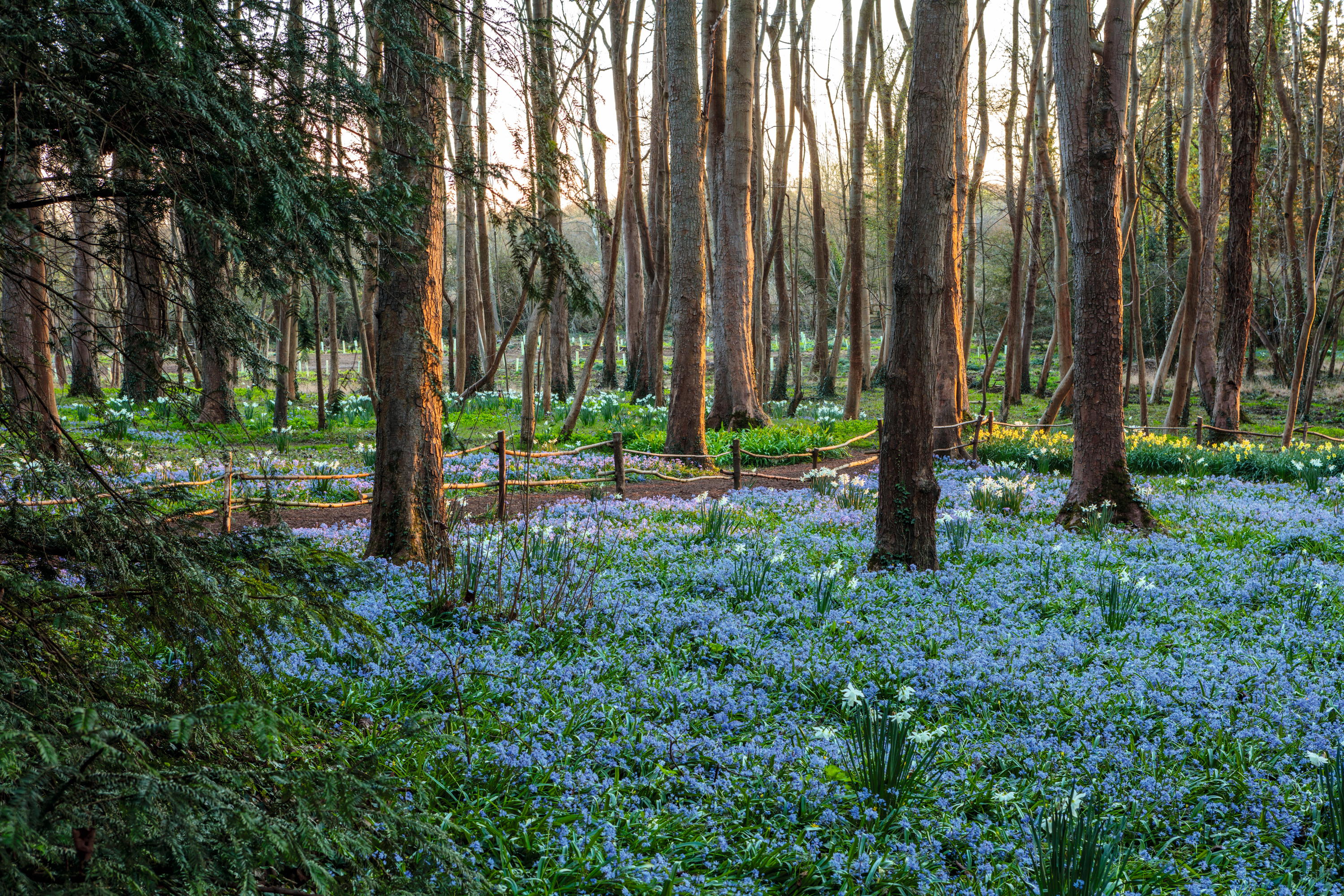
Imagine if you combined the beauty of an old English wood, with its mixture of broad trees and skinny saplings, sudden clearings and dappled glades, with a garden where specimen trees, flowering shrubs and bulbous plants have been planted to give pleasure at different times of the year and you will have something of the hybrid that is Evenley Wood Garden near Brackley in Northamptonshire.
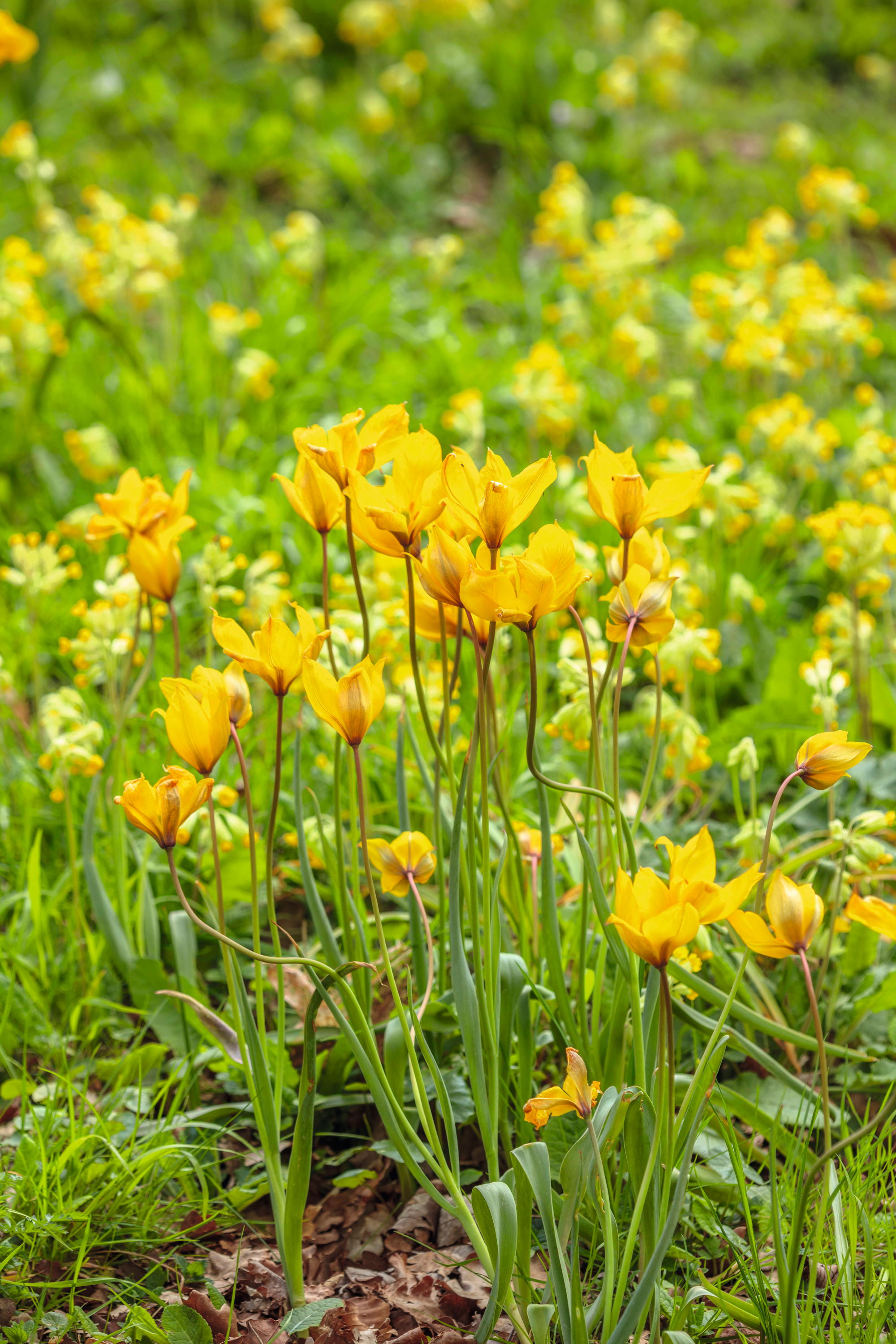
The little native Tulipa sylvestris, which was originally planted throughout the cowslip meadow by Whiteley, has been replanted, but, as before, the tulips only flowered for one season.
The 60-acre wood first came to the notice of a keen local plantsman, Timothy Whiteley, when he was out hunting in the late 1970s. The Rhododendron ponticum that was growing beside the rides indicated a seam of acid soil running through the typically alkaline Northamptonshire clay. With such variation in soil, the woodland — which was only 700 yards from Whiteley’s home — would enable him to plant a wide variety of trees and shrubs so, when, in 1980, the chance finally arose, he bought the 60 acres of beech, oak and ash for £10,000. Thus began a lifetime of collecting, growing and breeding. He brought back treasures from his travels and other specialist plants were frequently given to him by horticulturists who knew that he would ensure them a good home.
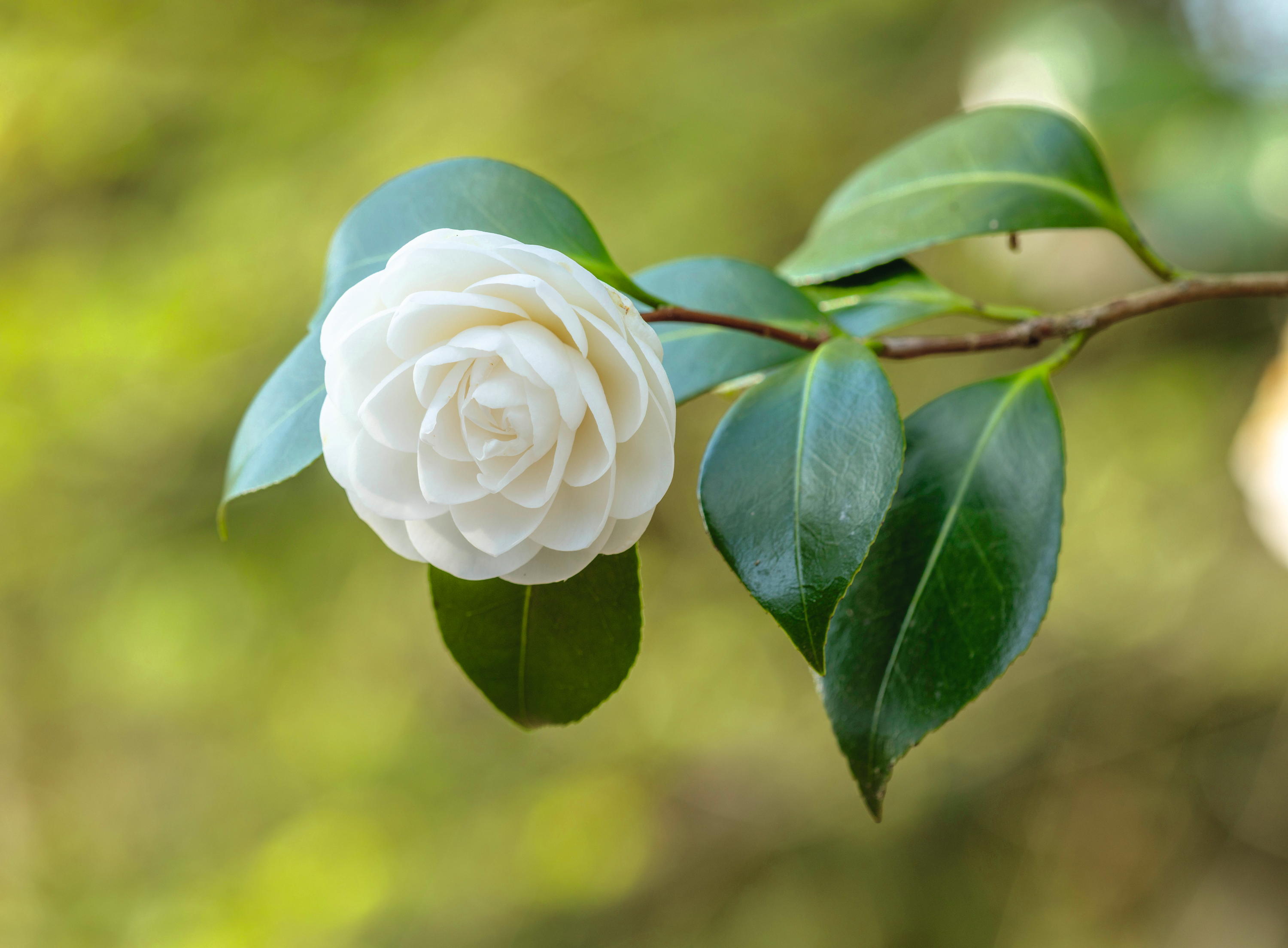
Camellia japonica ‘Primavera’ was named in 1949.
Timmy Whiteley, as he was known to family and friends, is fondly remembered as a charming and enthusiastic plantsman who loved to show visitors around his wood. It is extraordinary how much energy he had for his horticultural pursuits. These included oaks, magnolias, maples and euonymus (to mention only a few of the trees and shrubs by which he was fascinated), as well as bulbous plants, notably snowdrops and lilies. He added a stream of blue scilla and drifts of martagon lilies, as well as stands of the giant Himalayan lily Cardiocrinum giganteum. Erythroniums, trilliums and arum lilies also did well — with some, if not all, still being visible today. He made careful notes of their progress, or otherwise: the pretty little yellow native tulip, T. sylvestris, he noted sadly, came up year after year, but rarely flowered after the first season.
In 1986, he was invited to become a member of the RHS council. He also sat on the Lily Group and regularly reported on the lilies he was growing at Evenley, notably Lilium ‘Garden Society’, which he selected and named after writing to the Queen Mother, then patron of the Garden Society, who gave him her permission. He also found time to act as treasurer from 1987-93 of the International Dendrology Society (IDS), becoming its vice president from 2003 until his death, and travelled widely with the group.
On one trip to Philippe de Spoelberch’s arboretum at Wespelaar in Belgium, he collected some acorns. Other IDS members warned that he was wasting his time. ‘But,’ he wrote in an entry in the IDS year book 2014, ‘being middle-aged, ignorant and obstinate, I persisted. Six of the 10 seedlings which I germinated were gold. I have three in my garden, but only one is really good. For once, I planted it in the right place.’ This was Quercus rubra ‘Evenley Gold’, a hugely popular oak that, as he described it, ‘holds its golden colour into August and then, about eight weeks later, turns a splendid autumn red’. He also raised Acer campestre ‘Evenley Red’, which has notable red leaves in autumn.

Malus x magdeburgensis, 1893, a cross between M. domestica and M. spectabilis, sports intensely pink semi-double, sometimes single flowers.
According to Caroline Boisset (Lilies and Related Plants, 2011-12), writing on his being awarded the Lyttel Cup for ‘work leading to the encouragement of the cultivation of Lilium, Fritillaria and Nomocharis,’ he had flowered 45 species of lily at Evenley. The bulbous plants, he wrote in a previous issue of the same journal (1994-95), were, together with autumn berries, essential in providing colour throughout the year as he could not afford the time that would be needed to hand-weed herbaceous perennials. ‘The point I must emphasise is that I have not made a 60-acre garden. I have been making a garden spread over 60 acres.’
After Whiteley’s death in 2017, who would be able to take on Evenley Wood and ensure the health and survival of the 3,000 or so taxa listed in his catalogue of the collection? His daughter, Nicola Taylor, already had her hands more than full with horses — working with her daughter Izzy, an international eventer. ‘I came and walked around here one day and I realised that this was his dream, his legacy and thought “I can do this”. Ignorance was bliss! I really didn’t know a daffodil from a daisy.’
Sign up for the Country Life Newsletter
Exquisite houses, the beauty of Nature, and how to get the most from your life, straight to your inbox.
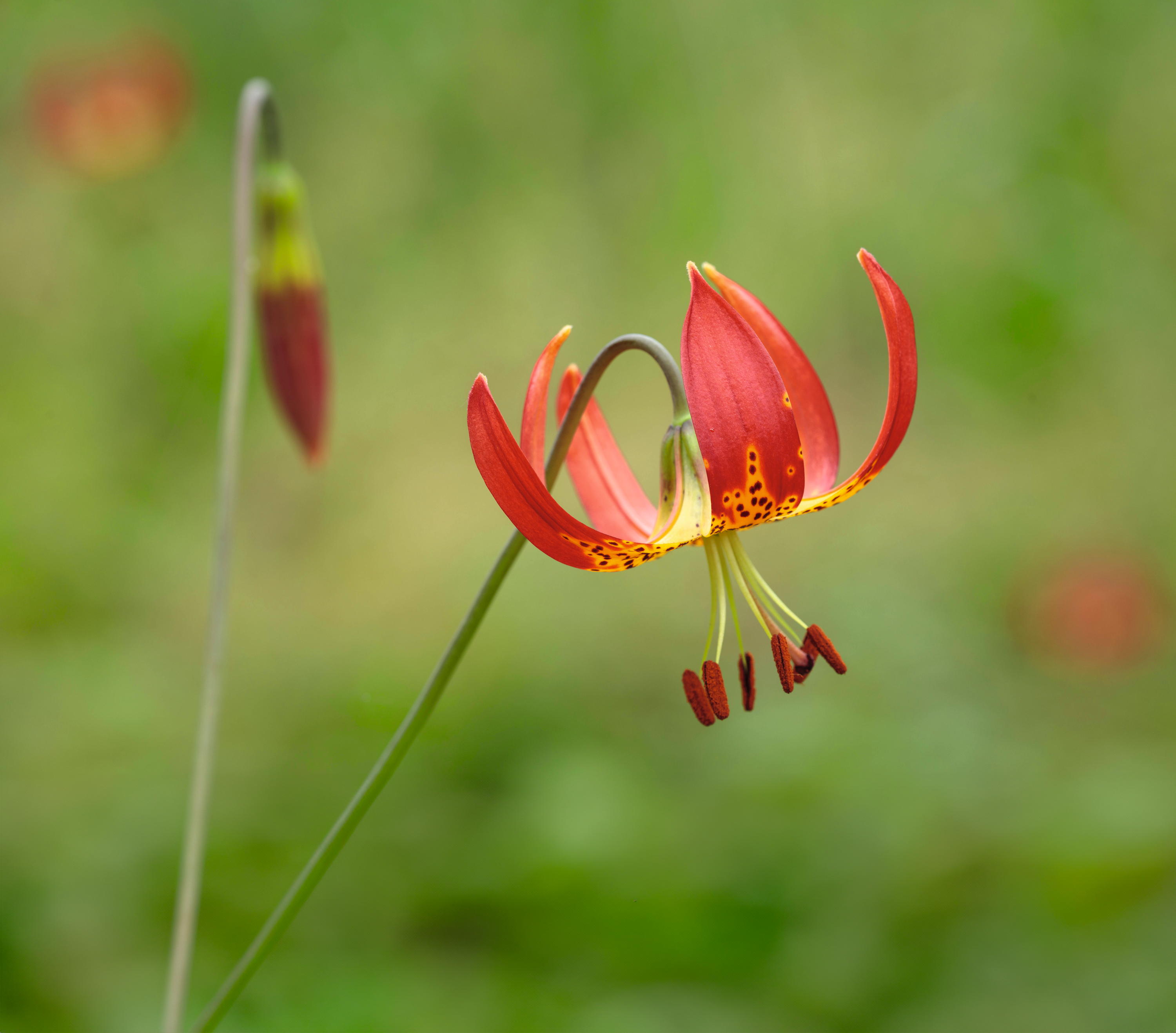
Lilium ‘Garden Society’, selected and named by Whiteley.
She was lucky. ‘One day, coming back from London, I dropped into Waterperry Gardens [in Oxfordshire] and asked to meet the head gardener, a man called Rob Jacobs. I told him I had inherited a wood and needed some help. Fortunately, he already knew and loved Evenley and commented on the wonderful snowdrops. To cut a long story short, he came to help once a week. That’s how we found our head gardener Dan Winter, who has been here since November 2020 and had been a trainee at Waterperry.. Rob still comes once a fortnight.’
Together, the three of them — assisted by 20 volunteers — have worked wonders. Today, Evenley Wood Garden is open to the public and a programme of maintenance of the original plantings — with monthly visits from a team of arborists — as well as careful observation, has revealed many, if not yet all, of Whiteley’s bulbous plants, which are spread throughout the rides and glades. ‘Dad didn’t draw a plan,’ says Mrs Taylor. ‘It was all in his head.’ Yet it was thought through: he deliberately planted interesting trees along the perimeter of the wood so that passers-by could enjoy them. Many trees and shrubs have outgrown their space and sensitive thinning and pruning is helping to open up vistas and allow important species room to develop.
"He deliberately planted interesting trees along the perimeter of the wood so that passers-by could enjoy them"
Near Mrs Taylor’s favourite tree, a 35-year-old Fagus sylvatica ‘Quercifolia’, 1,500 ash trees have had to be cut down because of ash dieback. On the Broad Ride above the stream is the bulk of Whiteley’s euonymus collection and some of the climbing roses that were originally introduced to add mid-storey colour.
‘I realised that I didn’t have the money to pay for all this work and that I would have to open the wood to the wider paying public,’ says Mrs Taylor, who has overseen the conversion of a building constructed from felled timber to host an anniversary party into a simple, rustic café that stands near the mature Kentucky coffee tree, Gymnocladus dioica, and an impressive handkerchief tree, Davidia involucrata. Regular events and an area for weddings were introduced with the help of her manager, Alison O’Hare, who joined the team in late 2017. On a visit last October, local children were thoroughly enjoying looking for ingenious handmade ghosts, skeletons and witches and the café was humming with happy parents.
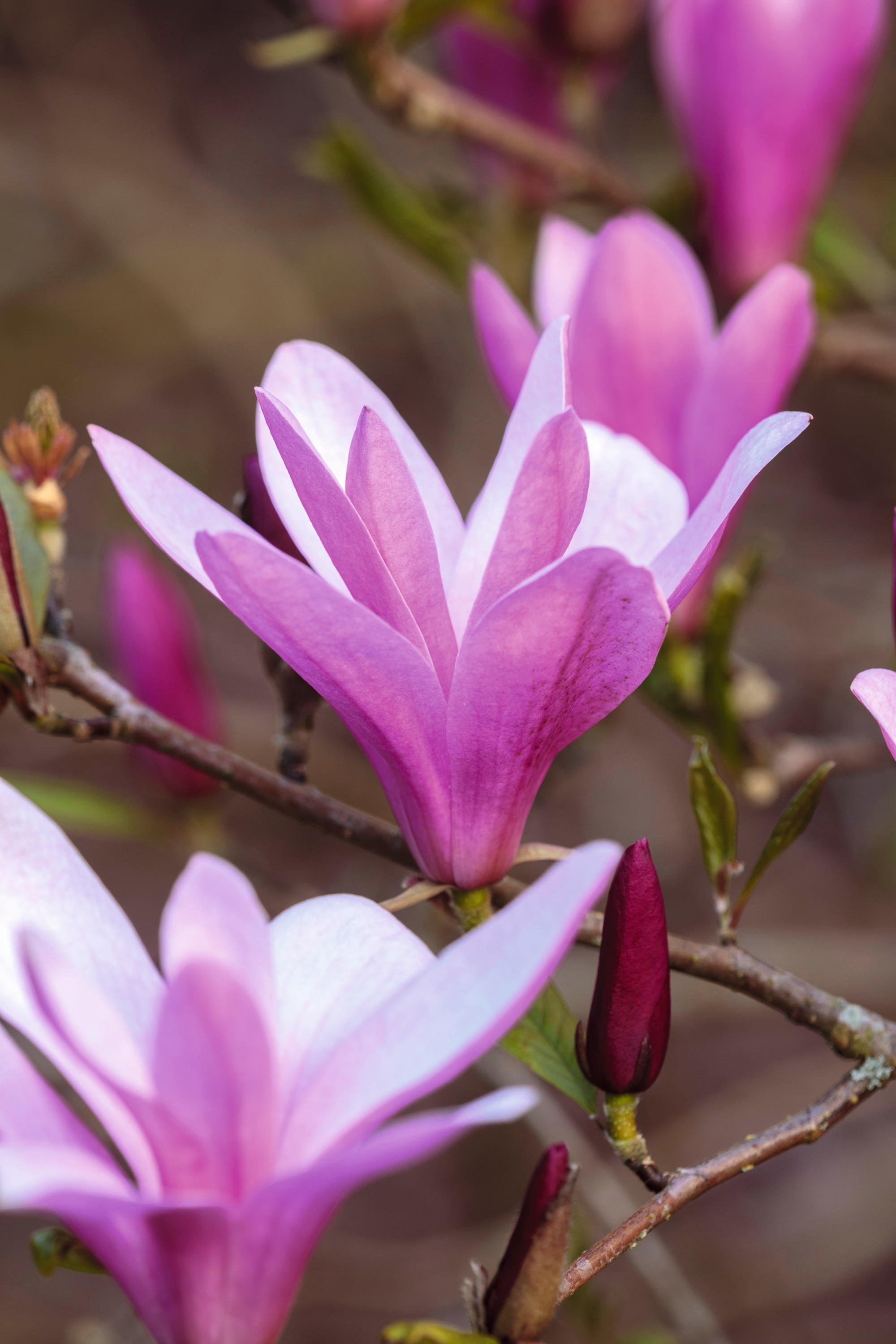
Early-flowering Magnolia ‘Ann’, a hybrid of M. lilliflora ‘Nigra’ and M. stellata ‘Rosea’.
Although more people have necessitated the original turfed paths being protected by woodchip and matting, this is as low key as possible. In the same way, a couple of neat signs explain ‘Why plants have Latin names’ and the key species have discreet, yet clear labels. There is a nice balance here between providing for experts and the general public alike: galanthophiles can find all 80 named snowdrops within easy distance of the café. Other visitors will come across large drifts of Galanthus ‘S. Arnott’ along Top Walk and glorious carpets of Narcissus cyclamineus and Crocus tommasinianus.
As her father did, Mrs Taylor delights in showing visitors around. Her understanding of the site and its needs is growing exponentially. ‘There are 20 acres of greensand acid soil out of the 60 acres,’ she notes, ‘as well as heavy clay.’ She is already familiar with all the important species and has sought out advice from horticulturists, such as the woody-plant experts Maurice Foster, Tom Christian and Chris Sanders. Meanwhile, she has invited the botanical painter Veronica Ward to be artist-in-residence and paint the plants on vellum and paper.
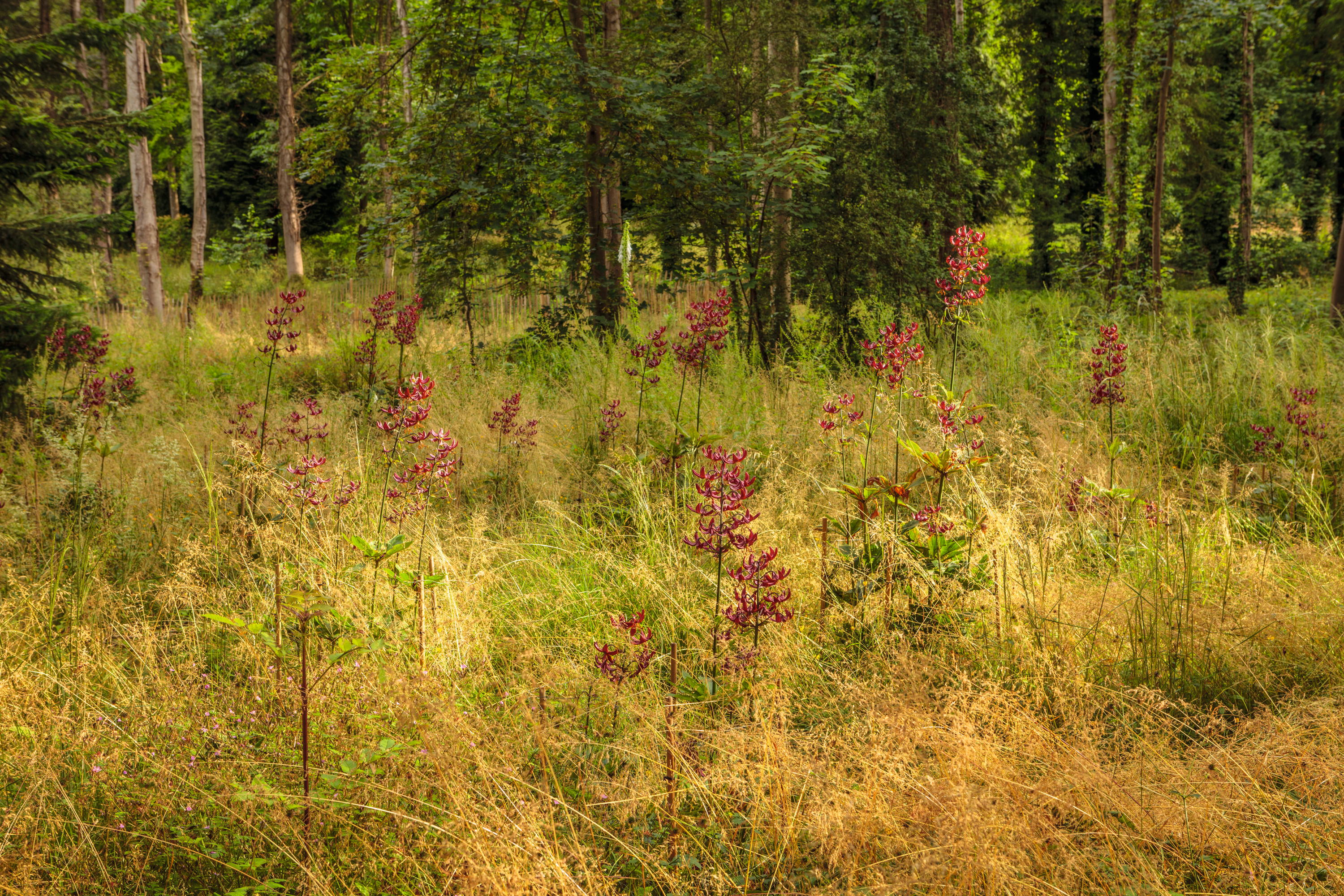
Lilium ‘Theodor Haber’, growing in a grassy glade, is one of several groups of martagon lilies. Others include L. ‘Arabian Night’ and L. ‘Evenley Jane’, named after Whiteley’s wife.
‘The first year here,’ recalls Mr Winter, ‘was one of discovery, seeing all the bulbs for the first time.’ Since then, tens of thousands of bulbs have been planted to boost the existing collections, drifts have been extended or moved and new trees, such as Quercus rysophylla ‘Maya’ — a Mexican oak from Burn-coose Nurseries in Cornwall — and shrubs are being added. On the Rhododendron ride, the overgrown ponticum has been removed to allow more space for new additions, such as historic narcissus and lilies, as well as many primroses that have been moved here from elsewhere in the wood.
‘Presumably, I shall go on planting little bulbs in the wood to my dying day,’ wrote Whiteley. ‘After that perhaps someone else will pick up the spade and carry on.’ He would surely be proud — and a little surprised — to see how his 60-acre wood is looking today.
Evenley Wood Garden, Mixbury Road, Evenley, Northamptonshire — 07776 307849; www.evenleywoodgarden.co.uk
-
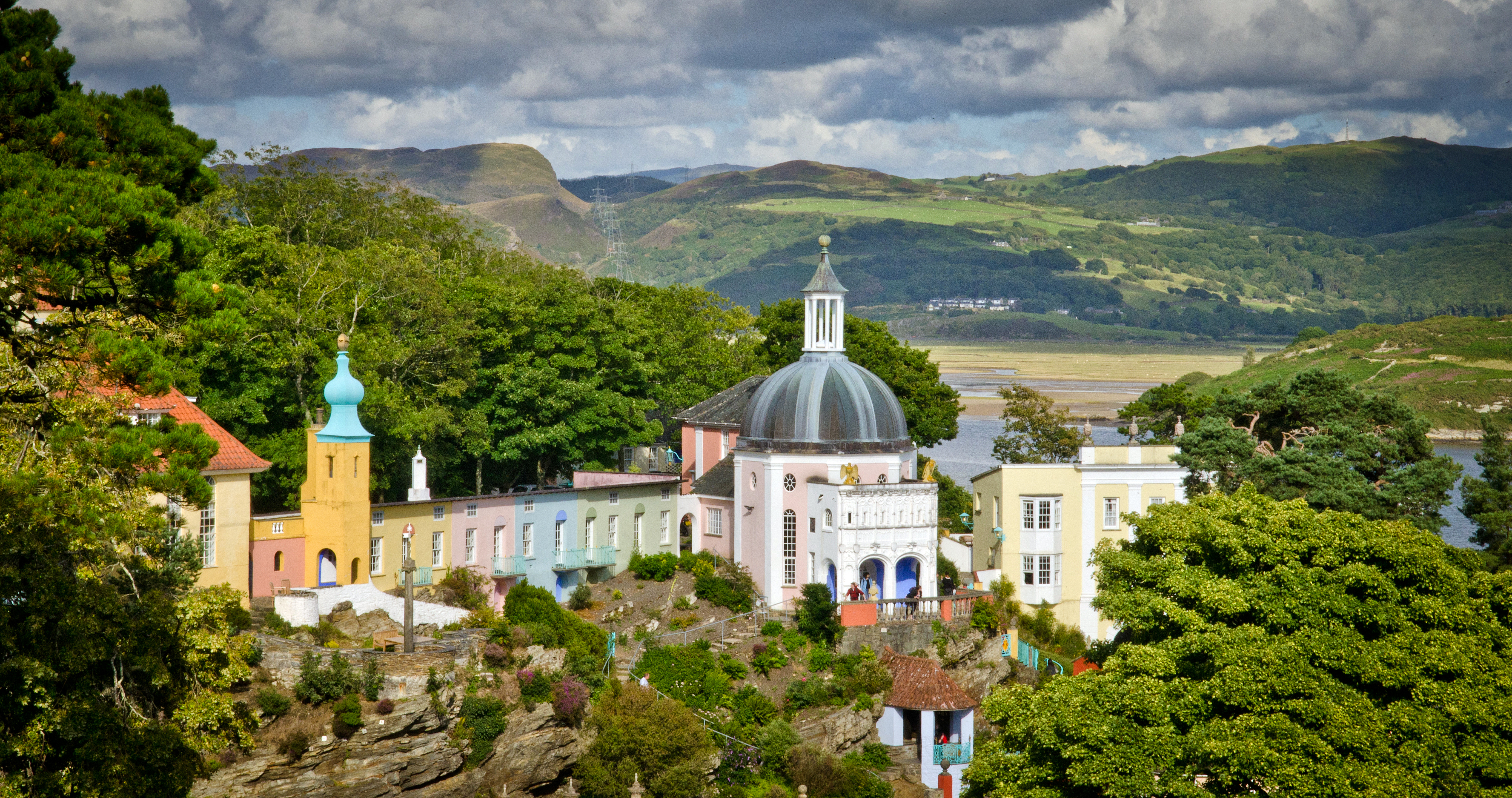 ‘If Portmeirion began life as an oddity, it has evolved into something of a phenomenon’: Celebrating a century of Britain’s most eccentric village
‘If Portmeirion began life as an oddity, it has evolved into something of a phenomenon’: Celebrating a century of Britain’s most eccentric villageA romantic experiment surrounded by the natural majesty of North Wales, Portmeirion began life as an oddity, but has evolved into an architectural phenomenon kept alive by dedication.
By Ben Lerwill
-
 Never leave a bun behind: What to do with leftover hot cross buns
Never leave a bun behind: What to do with leftover hot cross bunsWhere did hot cross buns originate from — and what can do with any leftover ones?
By Amie Elizabeth White
-
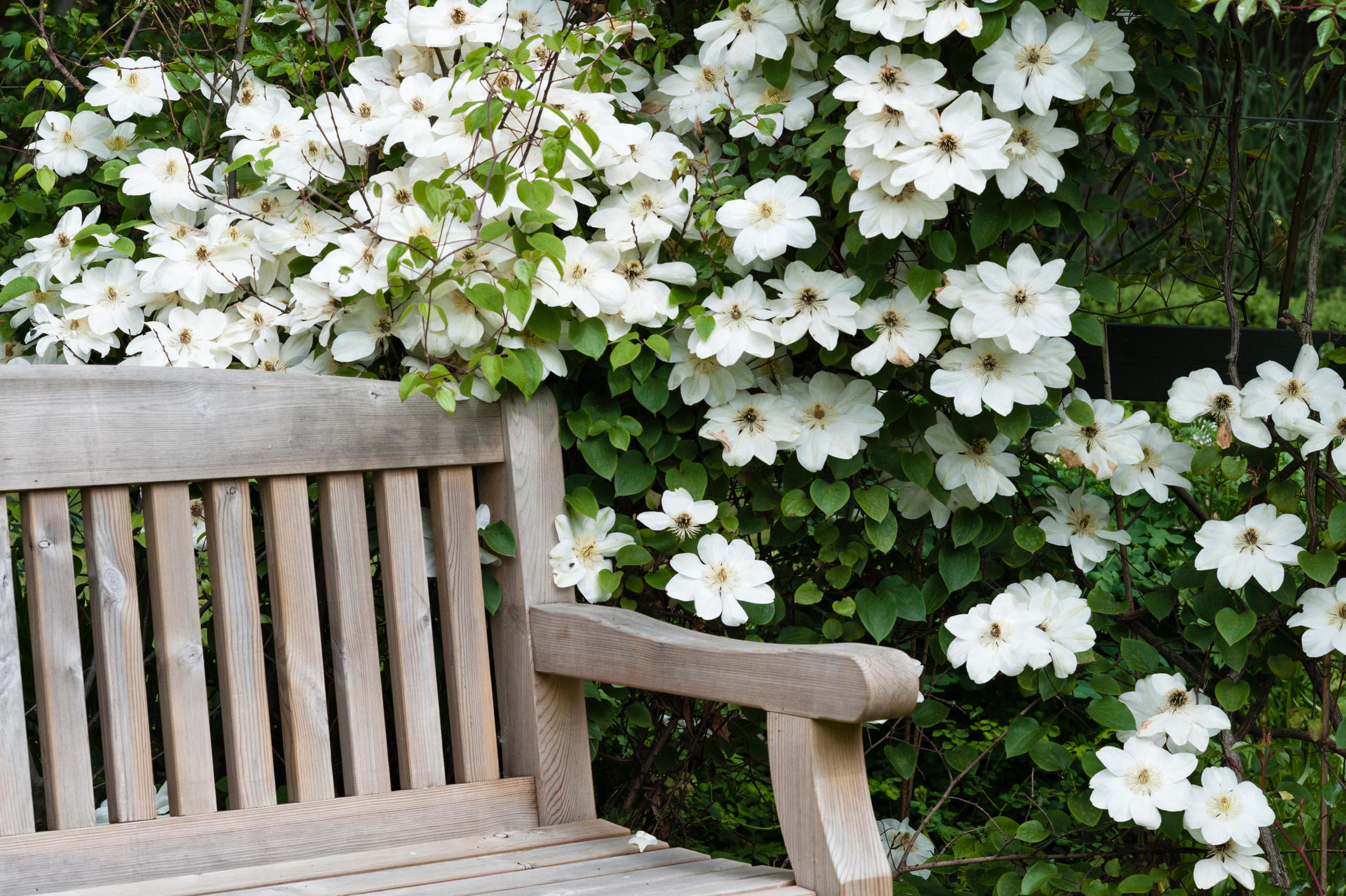 Six of the best Clematis montanas that every garden needs
Six of the best Clematis montanas that every garden needsClematis montana is easy to grow and look after, and is considered by some to be 'the most graceful and floriferous of all'.
By Charles Quest-Ritson
-
 The man who trekked Bhutan, Mongolia, Japan, Tasmania and New Zealand to bring the world's greatest magnolias back to Kent
The man who trekked Bhutan, Mongolia, Japan, Tasmania and New Zealand to bring the world's greatest magnolias back to KentMagnolias don't get any more magnificent than the examples in the garden at White House Farm in Kent, home of Maurice Foster. Many of them were collected as seed in the wild — and they are only one aspect of his enthralling garden.
By Charles Quest-Ritson
-
 The 'breathtakingly magnificent' English country gardens laid out on the Amalfi Coast, and the story of how they got there
The 'breathtakingly magnificent' English country gardens laid out on the Amalfi Coast, and the story of how they got thereKirsty Fergusson follows the Grand Tour to Campania in Italy, where the English combined their knowledge and love of plants with the rugged landscape to create gardens of extraordinary beauty.
By Kirsty Fergusson
-
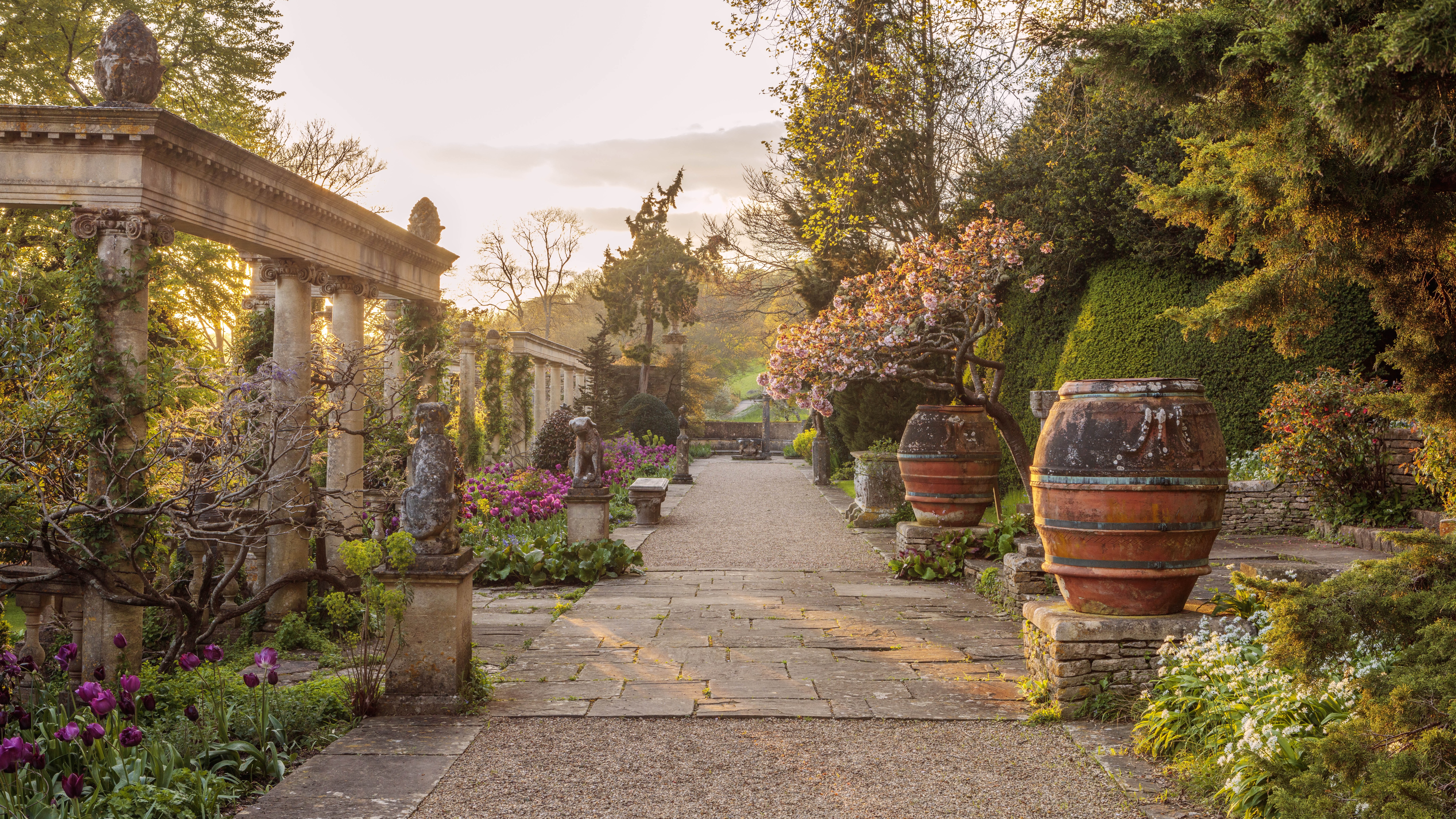 Have your say in the Historic Houses Garden of the Year Awards 2025
Have your say in the Historic Houses Garden of the Year Awards 2025By Annunciata Elwes
-
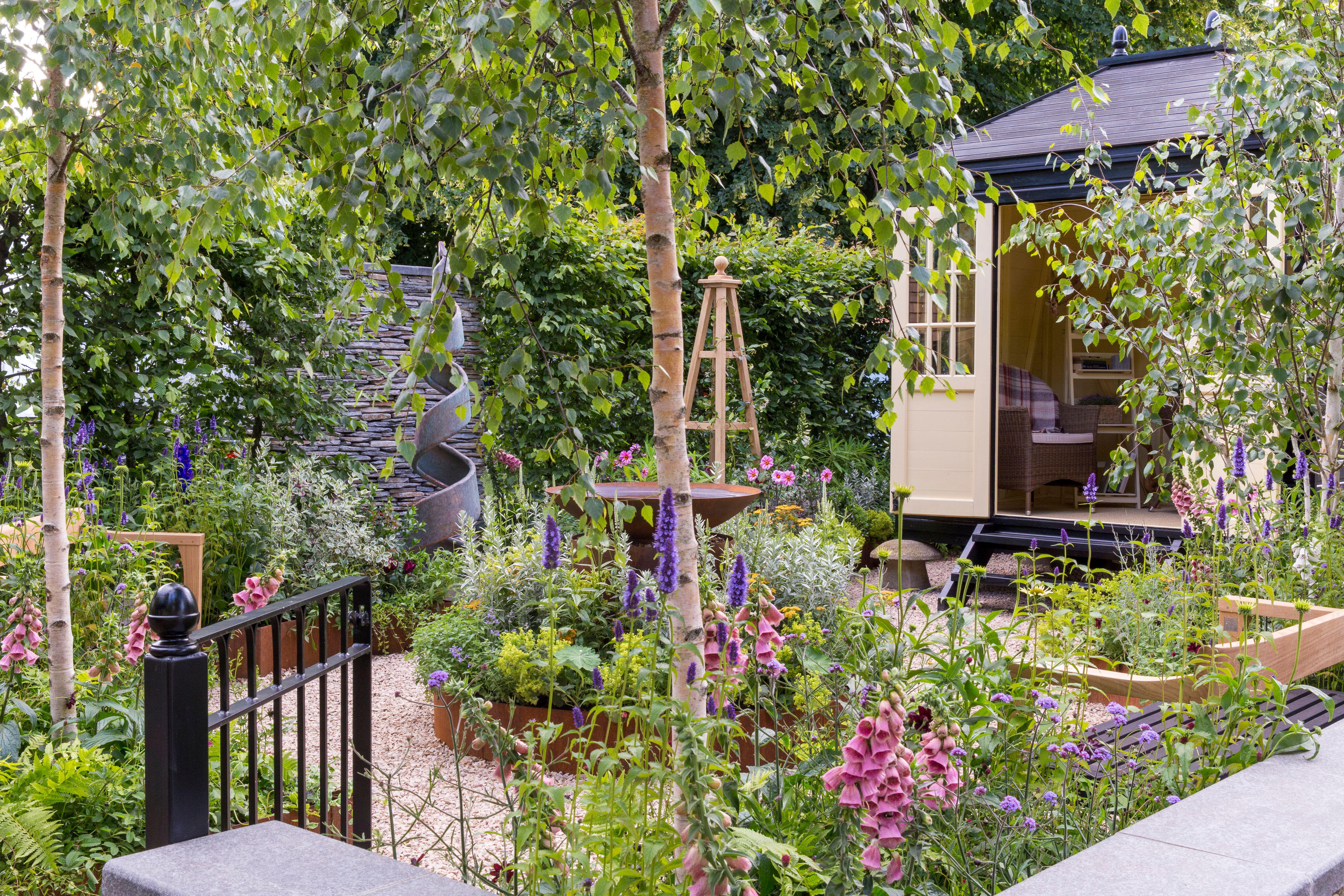 An expert guide to growing plants from seed
An expert guide to growing plants from seedAll you need to grow your own plants from seed is a pot, some compost, water and a sheltered place.
By John Hoyland
-
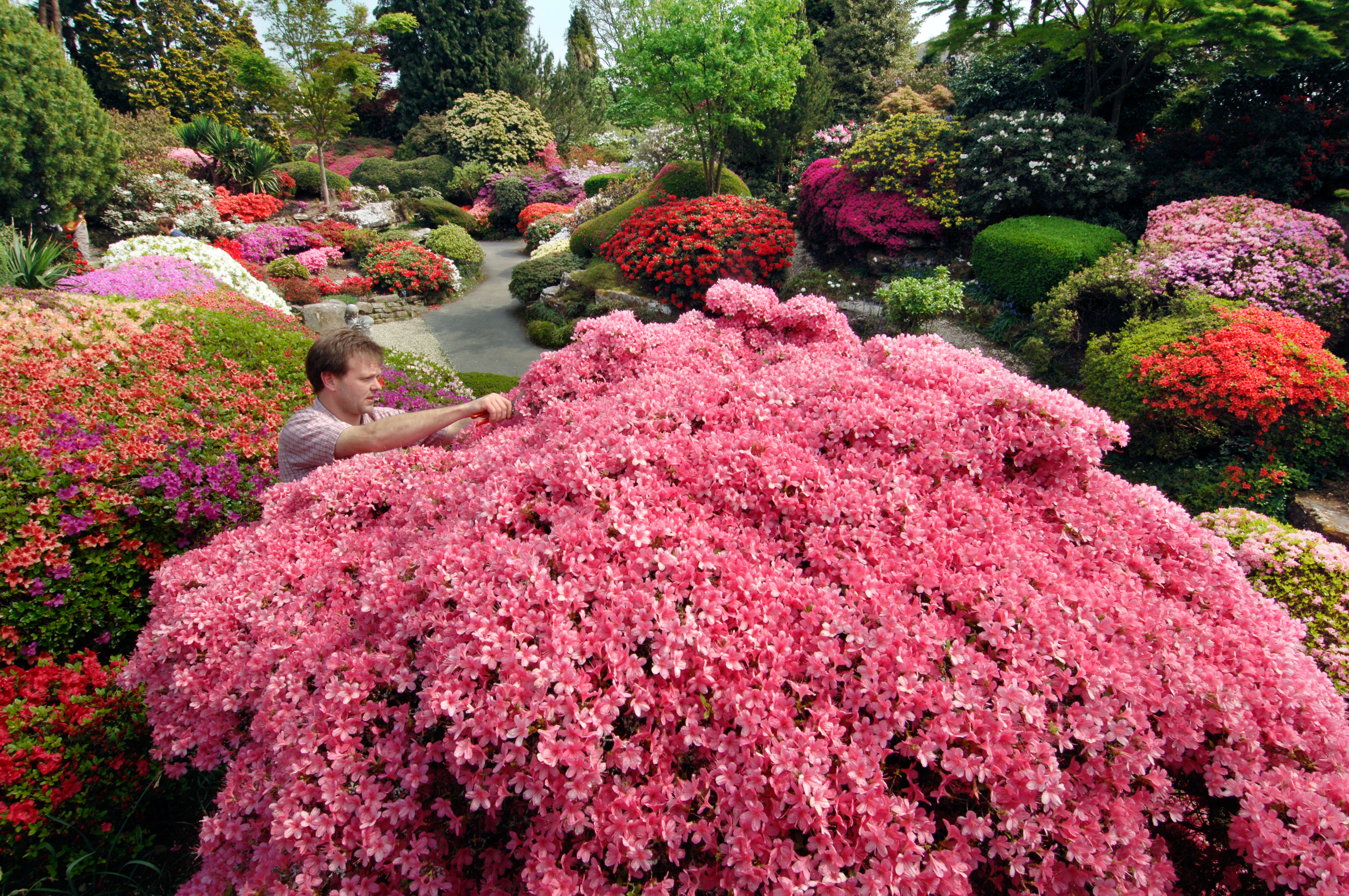 The best rhododendron and azalea gardens in Britain
The best rhododendron and azalea gardens in BritainIt's the time of year when rhododendrons, azaleas, magnolias and many more spring favourites are starting to light up the gardens of the nation. Here are the best places to go to enjoy them at their finest.
By Amie Elizabeth White
-
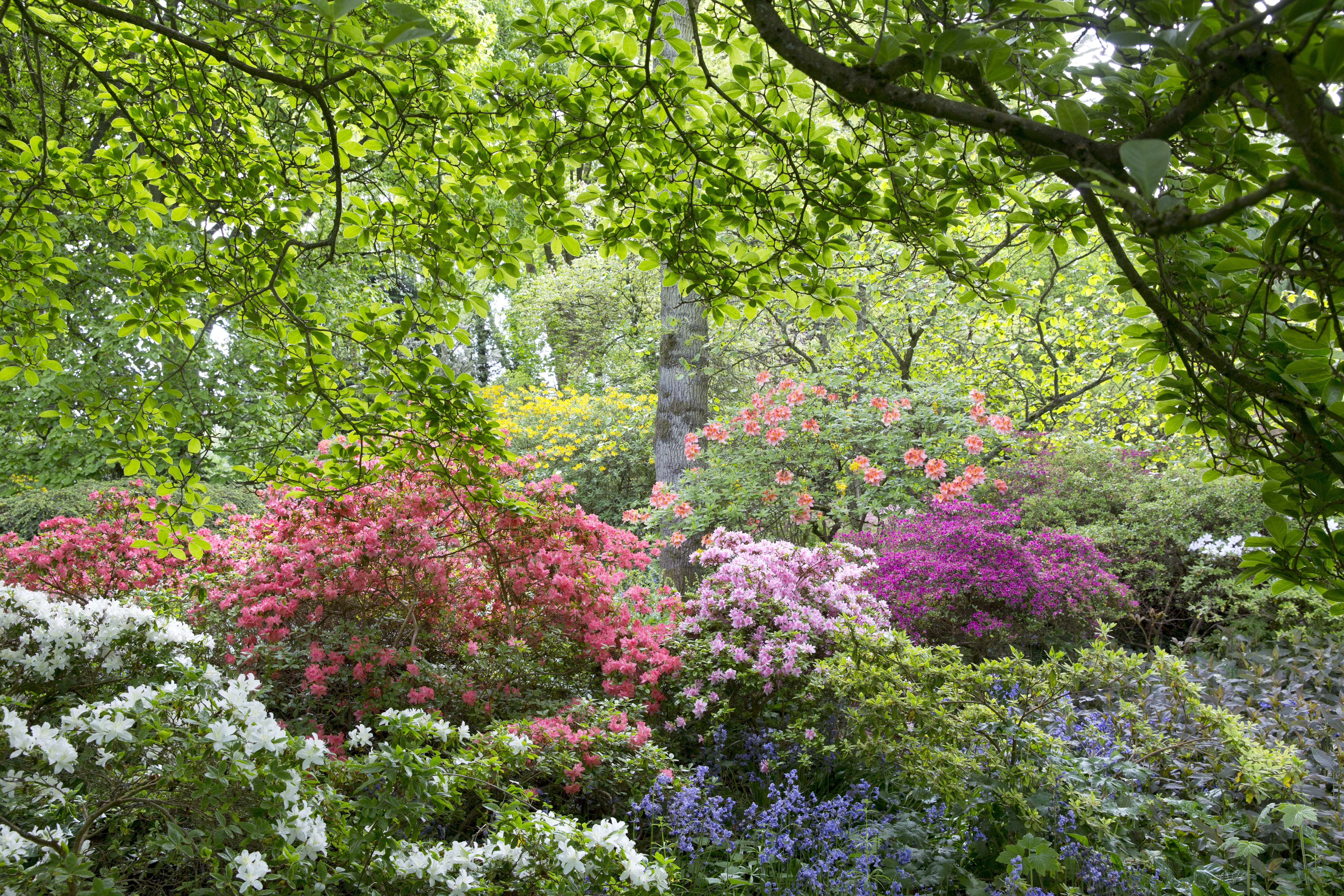 Great Comp: The blissful garden flooded with rhododendrons and azaleas that's just beyond the M25
Great Comp: The blissful garden flooded with rhododendrons and azaleas that's just beyond the M25Each spring, Great Comp Garden — just outside the M25, near Sevenoaks — erupts into bloom, with swathes of magnolias, azaleas and rhododendrons. Charles Quest-Ritson looks at what has become one of the finest gardens to visit in Kent.
By Charles Quest-Ritson
-
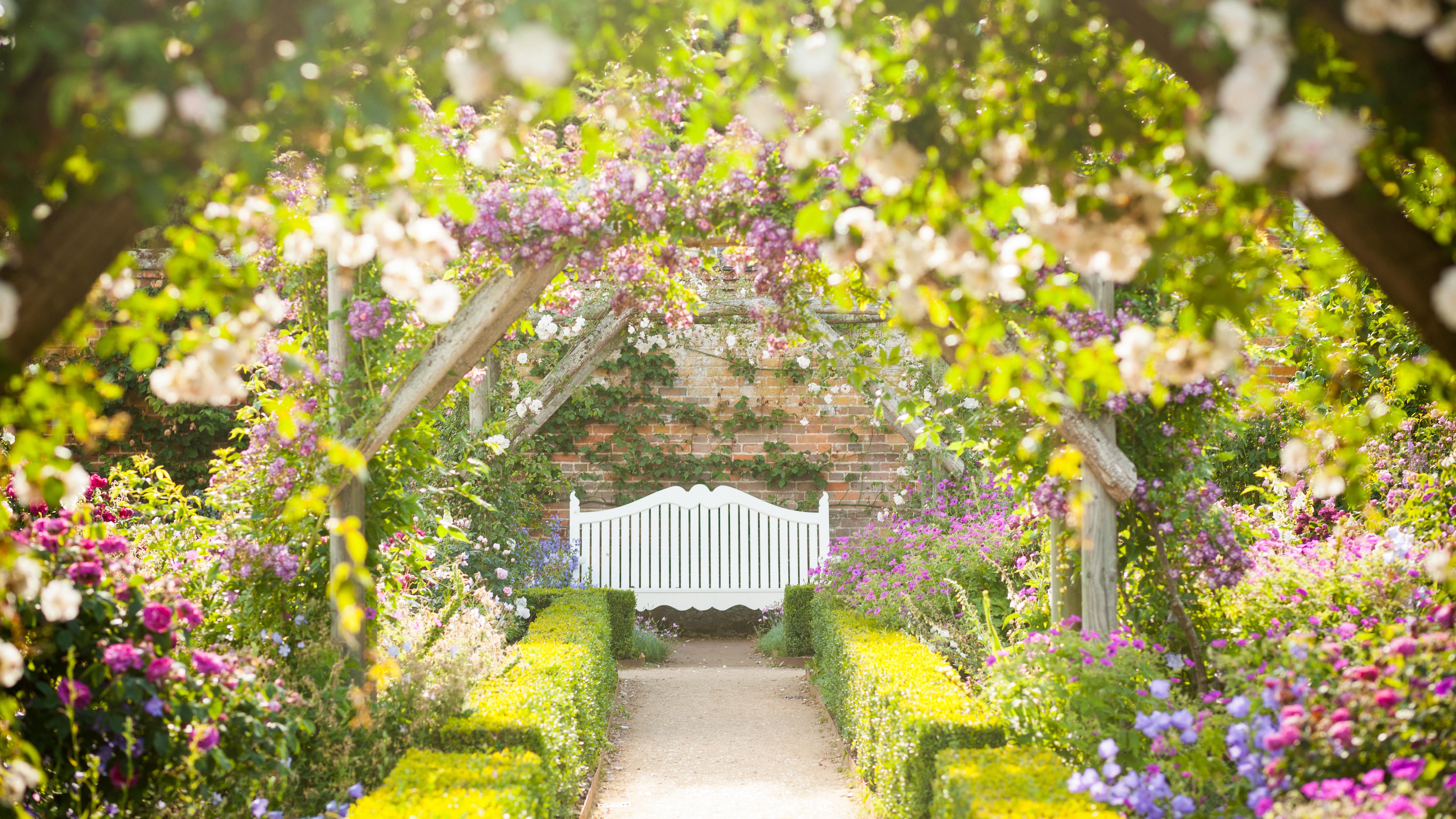 'I'm the expert who wrote the RHS's guide to roses — here's why pruning them right now is almost certainly a terrible mistake'
'I'm the expert who wrote the RHS's guide to roses — here's why pruning them right now is almost certainly a terrible mistake'More roses die from over-pruning than any other cause so what’s the reasoning underpinning this horticultural habit? Charles Quest-Ritson, the garden expert who wrote the RHS Encyclopedia of Roses, takes a closer look.
By Charles Quest-Ritson